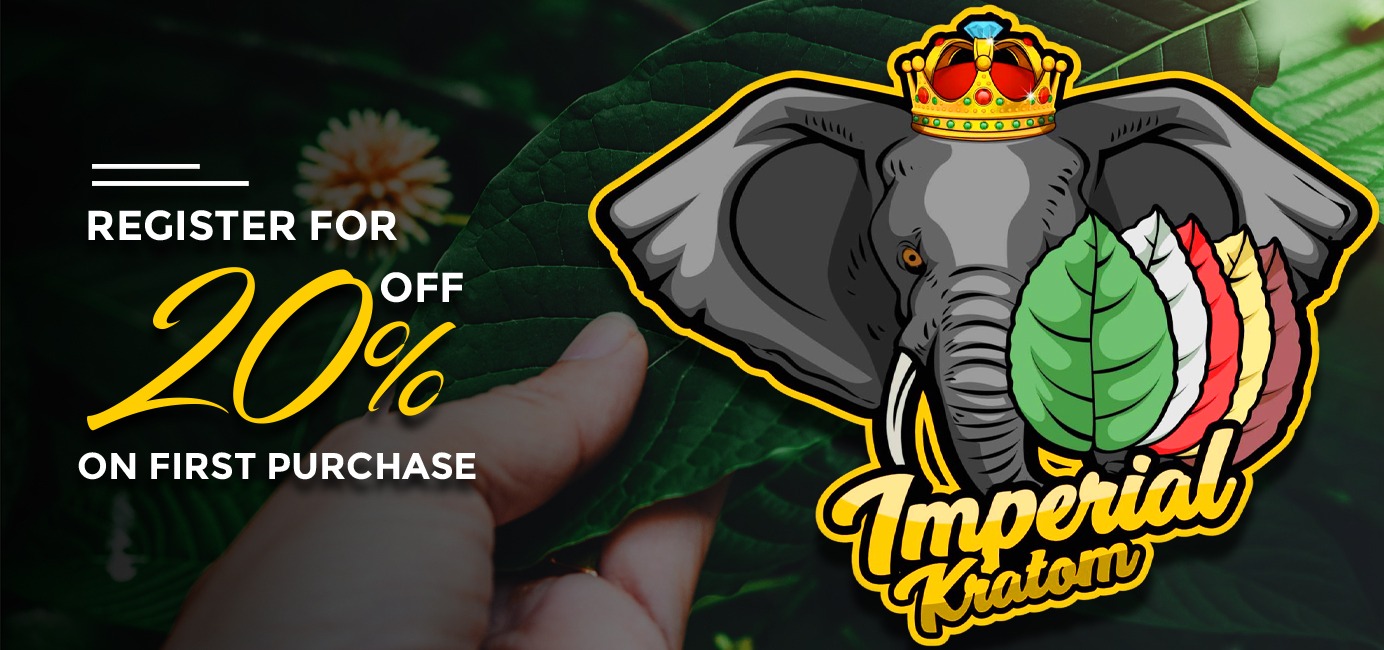
What is Kratom?
Different Colors and normal effects from them
Imperial Kratom does blending
At Imperial Kratom we also blend kratom strains to offer products that have versatile beneficial effects. We have blends of different strains, we blend in kratom extracts in some blends to strengthen the effects, and we also add CBD distillate to some blends. We also make special blends to order.
How does Kratom effect you?
The Mitraginine and 7-Hydroxymitraginine are the active alkaloids in Kratom are what help with pain relief and mood enhancement. They “tap” or stimulate your opioid receptors in your brain.
Kratom is not a drug, not an opiate, and not a synthetic substance. Natural Kratom is a safe and herbal supplement that is used by millions of people for pain management, an energy boost, to clear your thoughts or fears, or assist with social anxieties.It has come under attack by the FDA because it is not a prescription drug – even though many of these prescription drugs have caused more problems that they have solved. Many Americans are turning to Kratom to help them eliminate chronic pain, a drug dependency or give them a boost that so many of us need to deal with day-to-day issues. For many, like the Clara of Imperial Kratom, it has saved their lives. Let us know if Kratom can help you or someone you know.
Kratom (Mitragyna Speciosa) is a plant, just a plant, used for hundreds of years in Asia that can boost energy, reduce anxiety and depression, or act as a natural painkiller. It has gained traction in the US over the last 45 years. Kratom can provide sedative or stimulant effects, depending on how much is taken. At lower doses, and depending upon the strain, it can increase focus, combat fatigue, or help with depression or anxiety. At higher doses, it is a natural pain reliever making it a good and safer alternative to opioids
Kratom has helped MANY with opioid withdrawal.
What are the active compounds in Kratom? Kratom is in the coffee family. The two most active compounds in the Kratom plant are called Mitragynine and 7-Hydroxymitragynine. Both of these compounds interact with opioid receptors in the brain to produce stimulant and pain-relieving effects. Current research demonstrates that Kratom alkaloids do not bind with opioid receptors in the same way that opioids do. A new study found that mitragynine, kratom’s primary alkaloid, does NOT produce negative opioid-like respiratory effects even at doses many times higher than those known to be taken by humans.
Dosing
Kratom is a unique plant, where every person has different doses or strains that works best for them. It is crucial with nature alternatives to stay open minded and to experiment with it to find what does the job for your body. Usually, we like to recommend everyone starts with a 1.5 gram dose and go from there. However, if you have used opiates in the past, because of how kratom only stimulates but does not attach into the receptors, opiate use makes that receptor less sensitive you will most likely have a higher dose and you may want to start with 3 grams. In capsule form 1.5 grams are equivalent to 3 capsules, 3 grams are equivalent to 6 capsules.
Powder vs. Capsules
Is Kratom Addictive?
Reports of Kratom addiction are low. Research suggests that some regular kratom users experience withdrawal symptoms, but these are short-term, manageable, and rarely interfere with family, social, and work activities. Plus, many kratom consumers say the plant helps them with withdraw from dependent use of opioid drugs.
What are the Side Effects of Kratom?
Kratom is a diuretic and can dehydrate people who consume large amounts of it. So, the key with Kratom is to drink plenty of water every day – this is good for you anyway – but if you normally drink a lot of water you must drink more. Taking too much Kratom can make you nauseous, tired, and uncomfortable. If you drink lots of high alkaline water this will pass. We always recommend that you start with a small does and increase slowly until you find your perfect amount.

